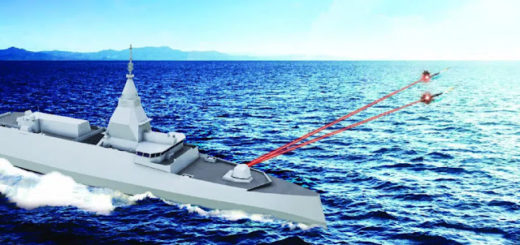Sikorsky unveils Nomad family of long-endurance VTOL drones
Sikorsky has introduced a new family of vertical take-off and landing drones called Nomad, expanding its work on autonomous, long-range aircraft that can operate from land or sea without a runway.
The announcement came on October 6, 2025, less than a year after the company proved the flight performance of its experimental rotor-blown wing prototype. Sikorsky, a subsidiary of Lockheed Martin, said the Nomad design combines the agility of a helicopter with the efficiency of a fixed-wing airplane.
Each Nomad aircraft uses a twin-proprotor configuration that allows it to take off, hover, and land vertically before transitioning to wing-borne flight for longer endurance. The system is controlled by Sikorsky’s MATRIX autonomy technology and powered primarily by hybrid-electric propulsion, while larger variants will include a conventional drivetrain.
“We use the term ‘family’ to point to a key attribute of the design — its ability to be scaled in size from a small Group 3 UAS to the footprint equivalent of a Black Hawk helicopter,” said Rich Benton, Sikorsky Vice President and General Manager. “The resulting Nomad family of drones will be adaptable, go-anywhere, runway-independent aircraft capable of land- and sea-based missions across defense, national security, forestry, and civilian organizations.”
Sikorsky said Nomad drones are designed to operate alongside helicopters such as the Black Hawk and support missions in remote or maritime environments.
The company said it is currently building the Nomad 100, an 18-foot-wingspan Group 3 variant scheduled to fly in the coming months.
According to Sikorsky, the Nomad family is designed for reconnaissance, contested logistics, light attack, and other missions. The aircraft can be scaled from Group 3 (56 to 1,320 pounds) to larger Group 4 and 5 configurations (exceeding 1,320 pounds).
The hybrid-electric system is intended to improve efficiency and endurance, while the open-architecture MATRIX software enables integration with other aircraft. MATRIX, developed with the Defense Advanced Research Projects Agency, has already been demonstrated in aerial firefighting, cargo resupply, and advanced air-mobility trials.
“Nomad represents new breakthroughs for Sikorsky and the next generation of autonomous, long-endurance drones,” said Dan Shidler, Sikorsky Director of Advanced Programs. “We are acting on feedback from the Pentagon, adopting a rapid approach and creating a family of drones that can take off and land virtually anywhere and execute the mission — all autonomously and in the hands of Soldiers, Marines, Sailors, and Airmen.”
The company said the scalable Nomad design gives operators flexibility to tailor the aircraft to specific mission sets, from small tactical systems to platforms approaching the size of a Black Hawk helicopter.
Sikorsky noted that all Nomad models can take off and land without a runway, including from ships or rough ground. The company said the use of electric power and automated controls is meant to lower costs and make the aircraft easier to deploy.
Lockheed Martin described the Nomad project as part of its broader effort to field “21st Century Security” technologies that integrate crewed and uncrewed systems. The company said these efforts aim to give military and civil customers greater flexibility in complex environments where endurance and autonomy are key advantages.
Sikorsky did not disclose production timelines or customers for the Nomad series but said it will continue testing and scaling designs based on feedback from government and industry partners. The post Sikorsky unveils Nomad family of long-endurance VTOL drones appeared first on AeroTime.
Sikorsky has introduced a new family of vertical take-off and landing drones called Nomad, expanding its work on…
The post Sikorsky unveils Nomad family of long-endurance VTOL drones appeared first on AeroTime.





